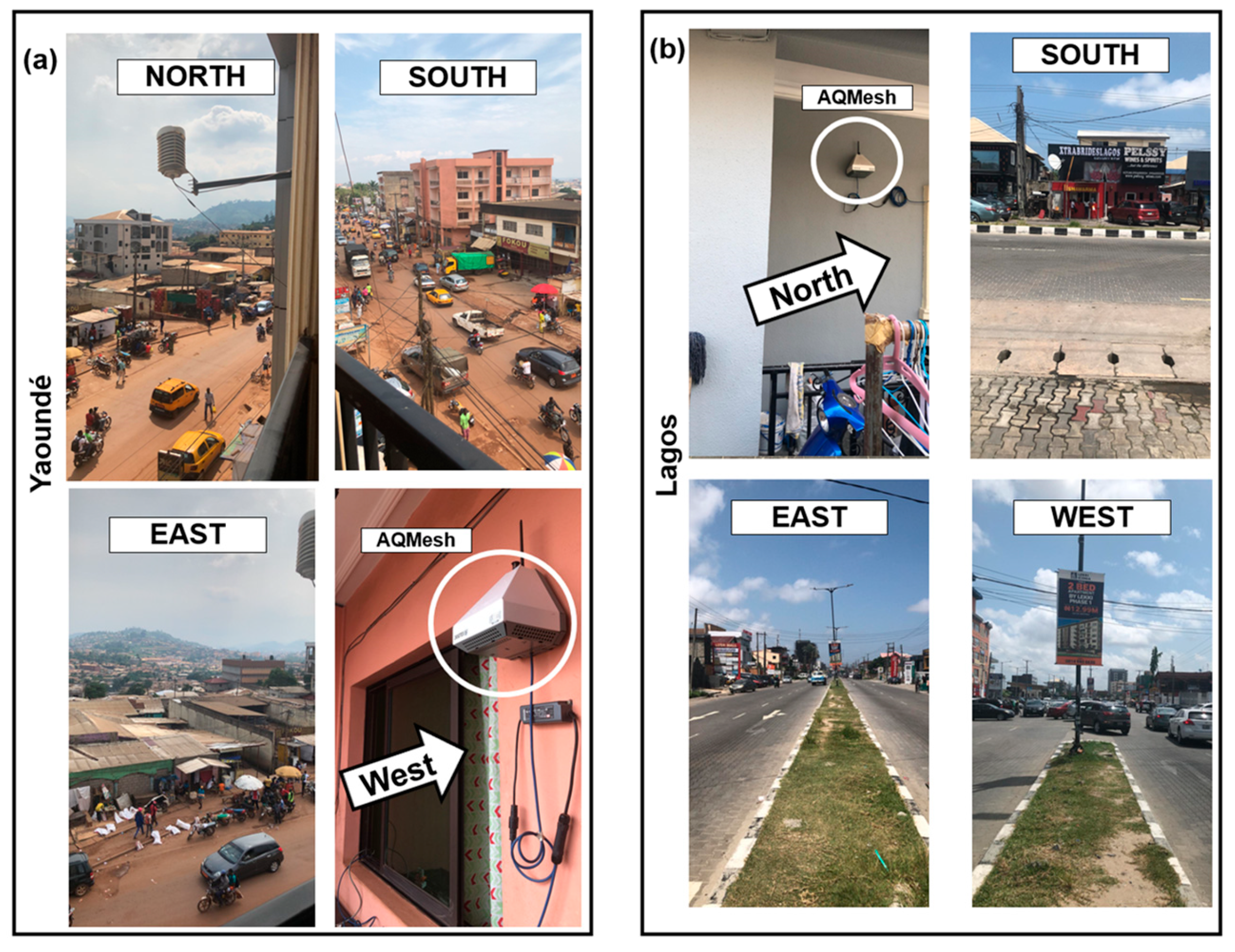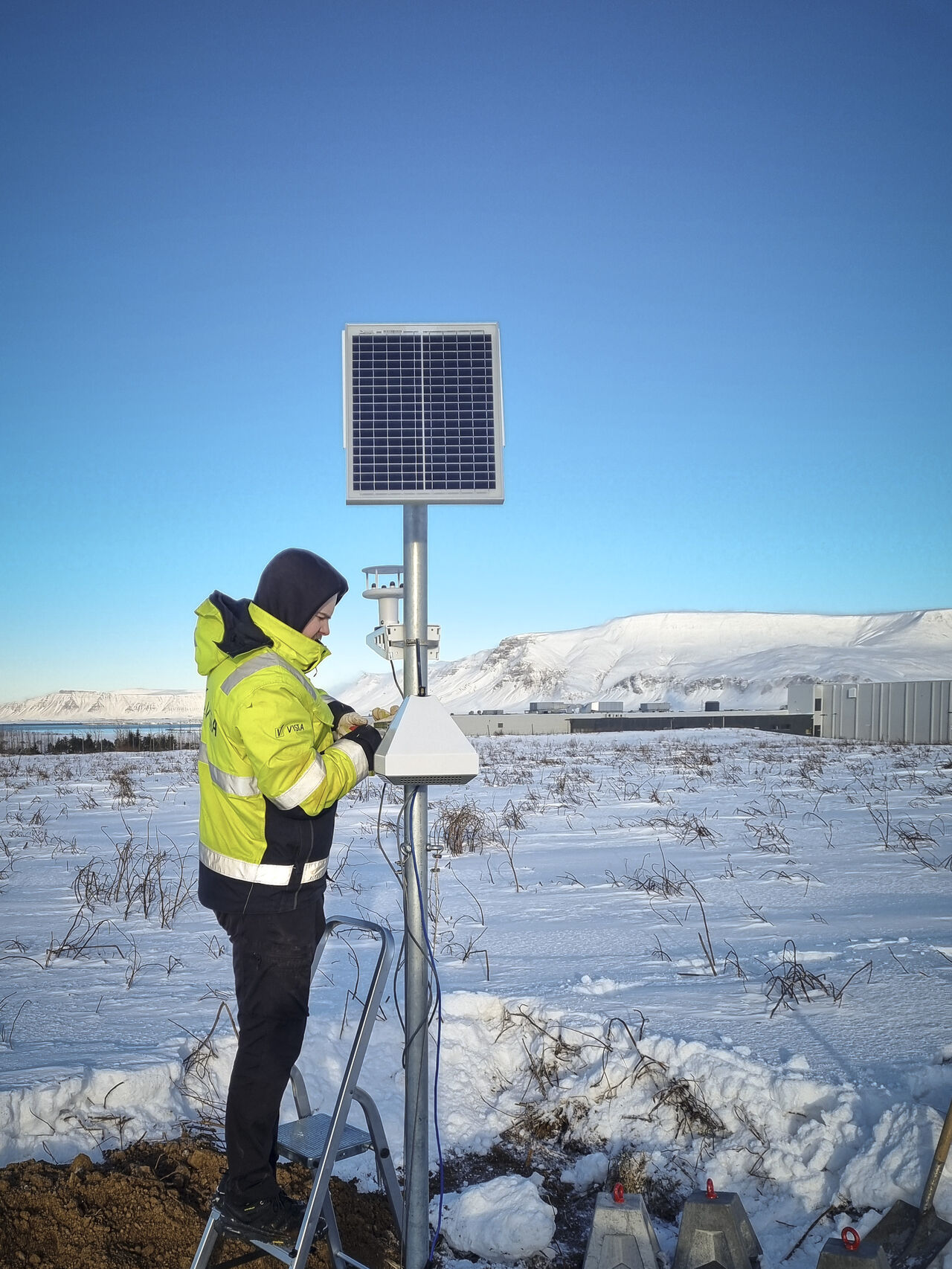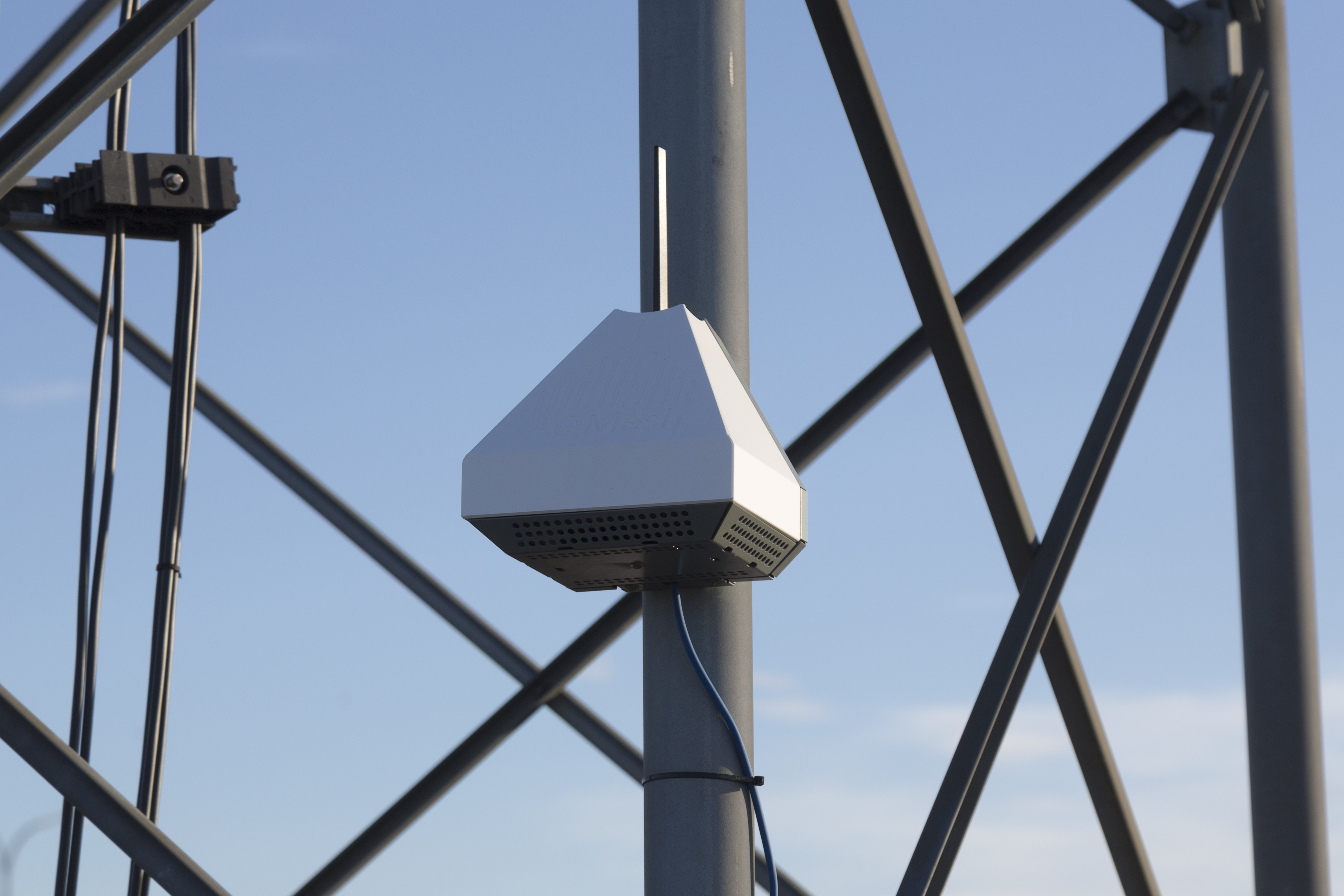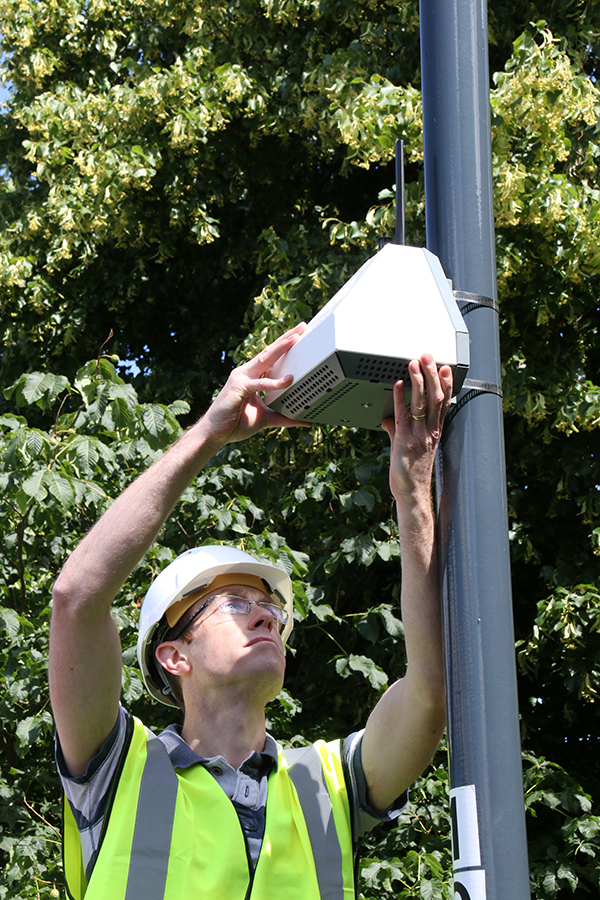 It’s great to see the team at the Department of Atmospheric Chemistry, University of Cambridge using their AQMesh pods for another project, this time in Lagos, Nigeria and Yaoundé, Cameroon. The two pods were used as part of a year-long study into the health risks taken by people using open spaces in the cities for physical activity, measuring NO, NO2, O3, CO, CO2, PM2.5, PM10, pressure, temperature and relative humidity.
It’s great to see the team at the Department of Atmospheric Chemistry, University of Cambridge using their AQMesh pods for another project, this time in Lagos, Nigeria and Yaoundé, Cameroon. The two pods were used as part of a year-long study into the health risks taken by people using open spaces in the cities for physical activity, measuring NO, NO2, O3, CO, CO2, PM2.5, PM10, pressure, temperature and relative humidity.
As there would be no access to reference equipment for data validation in either of the cities, the pods were ‘calibrated’ in Cambridge, before leaving UK (co-located with reference equipment at the Department of Chemistry). The co-location results shown in the paper are pretty good but it’s worth noting that the Cambridge team had chosen to use an older algorithm than was in general use by AQMesh at the time, following the ground-breaking Breathe London pilot study, for which gas algorithm version 5.1 had been used. V5.3 processing gives a further improvement in temperature correction, based on analysis of an ever-extending set of global co-location comparisons with reference.
A previous project had identified the informal places used by Lagos and Yaoundé residents to exercise, including vacant plots of land, next to roads and areas under and next to bridges: spaces with potentially high levels of air pollution. This information was used to choose a suitable monitoring location in each city. As has been observed in many parts of the world, patterns over time – or temporal profiles – can be very different for gases and particulate matter. In this case it seems that particulate matter was travelling long distances to create a dominating background level, with the source attributed to the Harmattan haze: a dry, dusty wind which blows from the Sahara towards western Africa.
The authors of the study concluded that their findings reinforce the need for long-term air quality monitoring to help guide behavioural changes that can protect health while exercising. They were able to offer some useful information, including the observation that weekends and periods outside the rush hour on most days tended to have the best air quality in both cities and so would be the best time for people to take exercise. Air pollution is also generally lower during the wet season, so taking physical exercise in a sheltered, outdoor space would maximise the benefits. It was not referred to in this paper, but the point was made at last month’s ASIC Ghana conference that awareness of the risks of air pollution may be much lower in Africa than in countries where we have been talking about it for longer. As ever, the biggest challenge will be achieving behavioural change.
AQMesh has been used regularly in Africa, and across the globe. For more information visit our website or contact us today.
*Image shows study locations and the installed low-cost air quality sensor devices. (a) Melen Mini-Ferme area, Yaoundé, Cameroon and (b) Admiralty Way, VI, Lagos, Nigeria.




